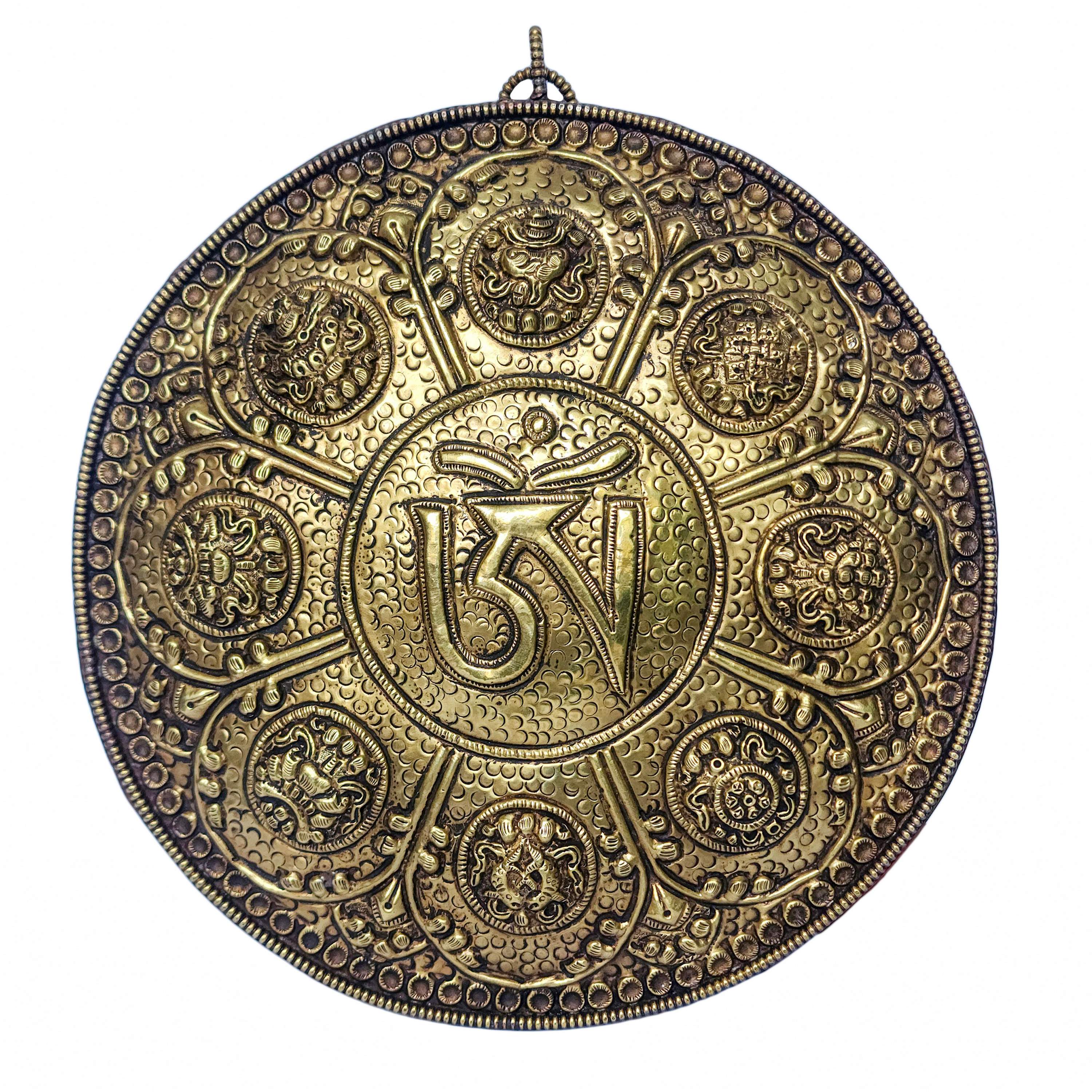Code
HCS32181
Weight
330 gm / 0.73 lbs
Size
Height
27cm (11") Width
27cm (11") Depth
6cm (2") Material
Metal
Availability
Available

Safe Payment
We accept Paypal, Money Transfer, Bank Transfer
Confidence
Protection covers your purchase and personal data.
Worldwide Delivery
We ship Worldwide, except Russia.Shipping cost US$25.2 for upto 0.5 kgs

Hotline
Talk to help line for your question on 9841267335Poplar Wood : Brief Introduction
This wooden mask is made from the finest poplar wood, embodying both natural beauty and artistic craftsmanship. The light, creamy tones of the poplar wood lend an air of elegance to this unique mask. Its intricate details and smooth texture showcases the exceptional workability of poplar wood, allowing for precise carving and shaping. With its durability and timeless appeal, this poplar wood mask is a stunning addition to any space, adding a touch of cultural richness and artistic charm to your decor.
This wooden mask is made from the finest poplar wood, embodying both natural beauty and artistic craftsmanship. The light, creamy tones of the poplar wood lend an air of elegance to this unique mask. Its intricate details and smooth texture showcases the exceptional workability of poplar wood, allowing for precise carving and shaping. With its durability and timeless appeal, this poplar wood mask is a stunning addition to any space, adding a touch of cultural richness and artistic charm to your decor.
Brief Introduction :
Tibetan Buddhist culture is rich in symbolism and art, and metal or wooden wall hangings are essential to this tradition. These wall hangings, also known as paubhas, are typically made in painting form, painted on a cotton canvas with natural color. they are also made in wood, brass, or clay, and feature intricate designs and vibrant colors. They depict various aspects of Buddhism, such as deities, Buddhist teachings, and spiritual stories. Many of these wall hangings are adorned with semi-precious stones, such as turquoise, coral, and lapis lazuli, which add to their beauty and symbolic significance.
The art of creating these metal or wooden wall hangings is considered a sacred tradition in Tibetan Buddhist culture, and it is often passed down from generation to generation. The creation process can take many months or even years, as each detail is carefully crafted and the colors are meticulously applied. These wall hangings are considered to be sacred objects and are used for meditation, worship, and offerings.
One of the most common themes depicted in Tibetan wall hangings is the mandala, a geometric representation of the universe. Mandalas are often intricate, symmetrical designs that are meant to represent the balance and harmony of the universe. They can also depict important Buddhist teachings and spiritual stories, and they serve as a focus for meditation and spiritual contemplation. Other popular themes in Tibetan wall hangings include Buddhist deities such as the Buddha, bodhisattvas, and protectors, as well as important Buddhist symbols like the lotus flower, the wheel of life, and the eight auspicious symbols.
The use of color in Tibetan wall hangings is also significant, as each color is associated with a specific emotion, quality, or spiritual aspect. For example, gold is associated with wisdom and compassion, red symbolizes passion and power, and blue represents serenity and peace. The use of semi-precious stones in these wall hangings is also significant, as each stone is believed to have spiritual properties and can bring positive energy to the environment.
In conclusion, Tibetan metal or wooden wall hangings are a rich and important part of Tibetan Buddhist culture. They serve as sacred objects for meditation, worship, and offerings, and their intricate designs, vibrant colors, and semi-precious stone settings make them both beautiful and significant. These wall hangings are a testament to the beauty and significance of Tibetan Buddhist culture and continue to be valued and revered to this day.
One of the most common themes depicted in Tibetan wall hangings is the mandala, a geometric representation of the universe. Mandalas are often intricate, symmetrical designs that are meant to represent the balance and harmony of the universe. They can also depict important Buddhist teachings and spiritual stories, and they serve as a focus for meditation and spiritual contemplation. Other popular themes in Tibetan wall hangings include Buddhist deities such as the Buddha, bodhisattvas, and protectors, as well as important Buddhist symbols like the lotus flower, the wheel of life, and the eight auspicious symbols.
The use of color in Tibetan wall hangings is also significant, as each color is associated with a specific emotion, quality, or spiritual aspect. For example, gold is associated with wisdom and compassion, red symbolizes passion and power, and blue represents serenity and peace. The use of semi-precious stones in these wall hangings is also significant, as each stone is believed to have spiritual properties and can bring positive energy to the environment.
In conclusion, Tibetan metal or wooden wall hangings are a rich and important part of Tibetan Buddhist culture. They serve as sacred objects for meditation, worship, and offerings, and their intricate designs, vibrant colors, and semi-precious stone settings make them both beautiful and significant. These wall hangings are a testament to the beauty and significance of Tibetan Buddhist culture and continue to be valued and revered to this day.


![[sun], Traditional Wall Hanging](https://handicraftseller.com/uploads/pics/product/thumb/2024/03/32181.jpg)
![[sun], Traditional Wall Hanging](https://handicraftseller.com/uploads/pics/product/thumb/2024/03/32181_0.jpg)
![[sun], Traditional Wall Hanging](https://handicraftseller.com/uploads/pics/product/thumb/2024/03/32181_1.jpg)
![[sun], Traditional Wall Hanging](https://handicraftseller.com/uploads/pics/product/thumb/2024/03/32181_2.jpg)

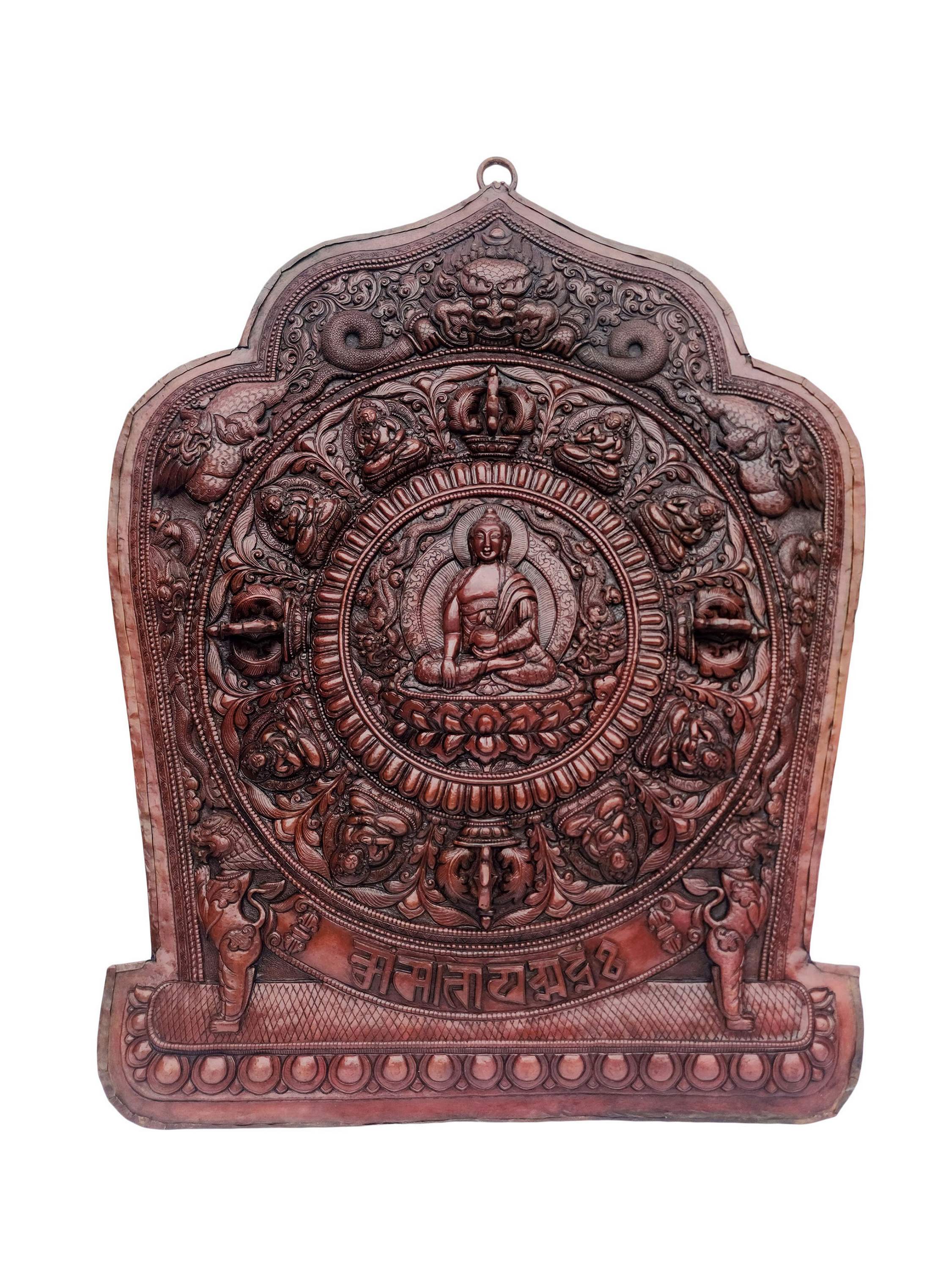 Chocolate Oxidized" title="Shakyamuni Buddha, Buddhist Handmade Wall Hanger,
Chocolate Oxidized" title="Shakyamuni Buddha, Buddhist Handmade Wall Hanger, 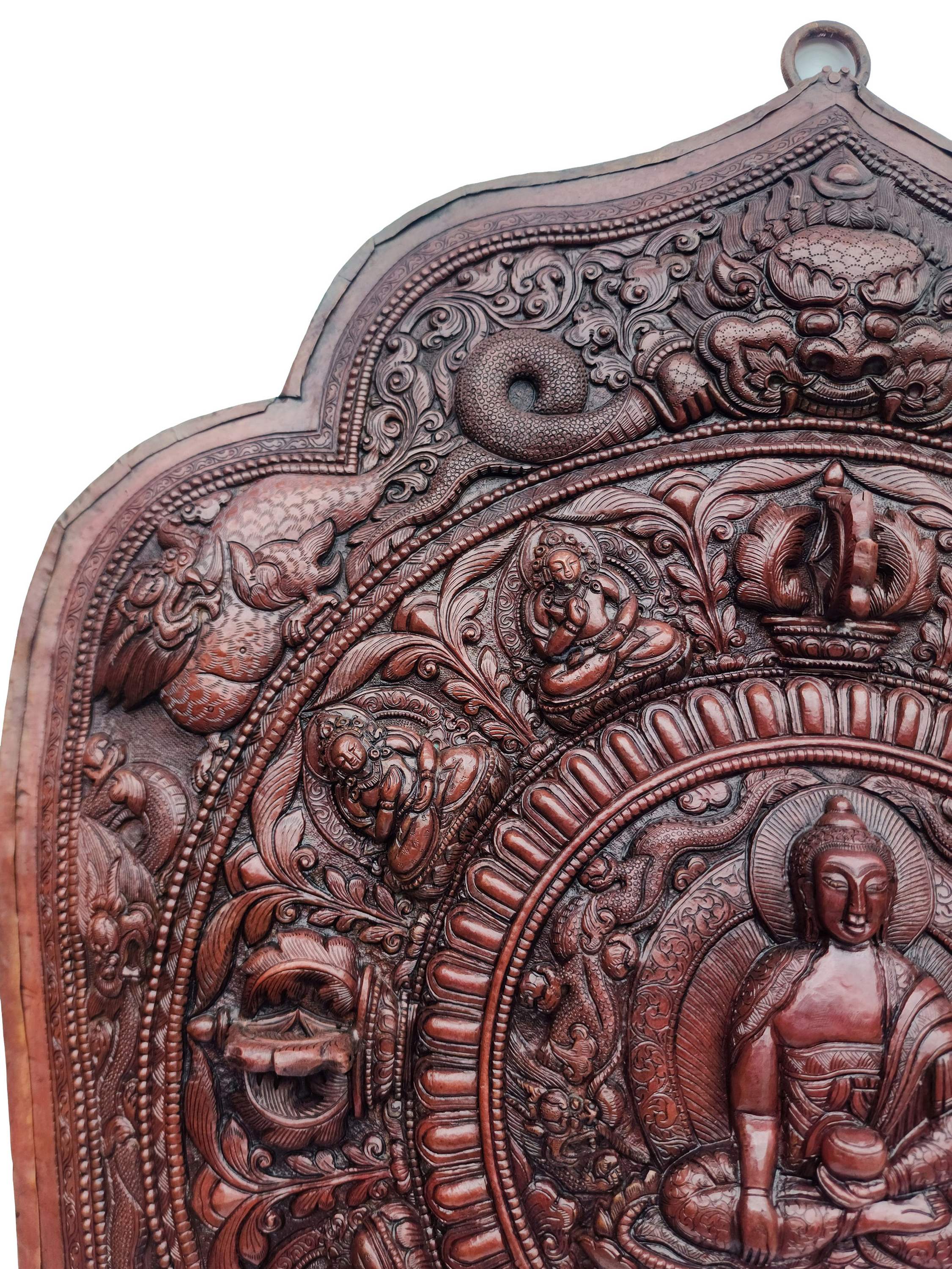 Chocolate Oxidized" title="Shakyamuni Buddha, Buddhist Handmade Wall Hanger,
Chocolate Oxidized" title="Shakyamuni Buddha, Buddhist Handmade Wall Hanger,  with Dorje,
with Dorje, 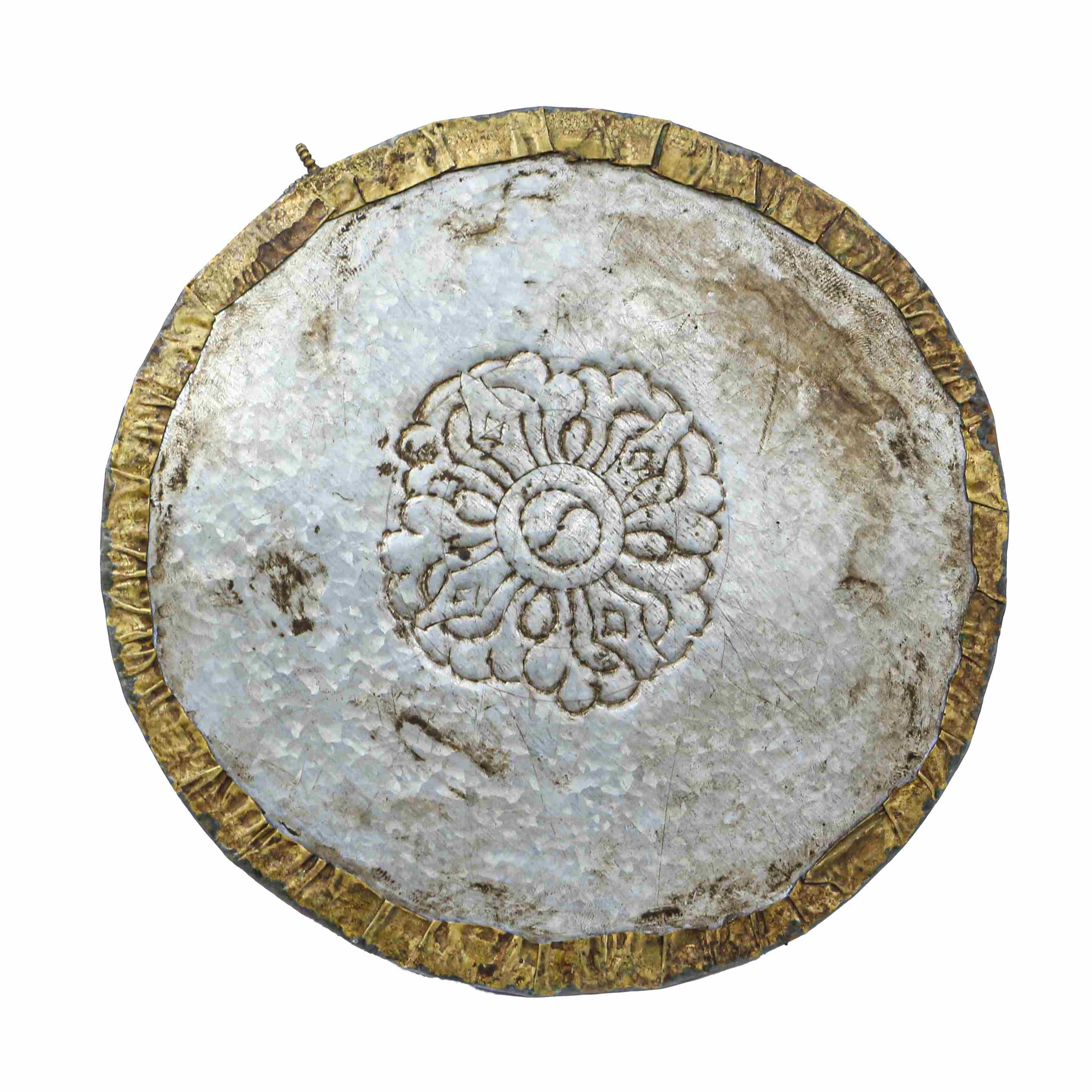 with Dorje,
with Dorje,  with
with 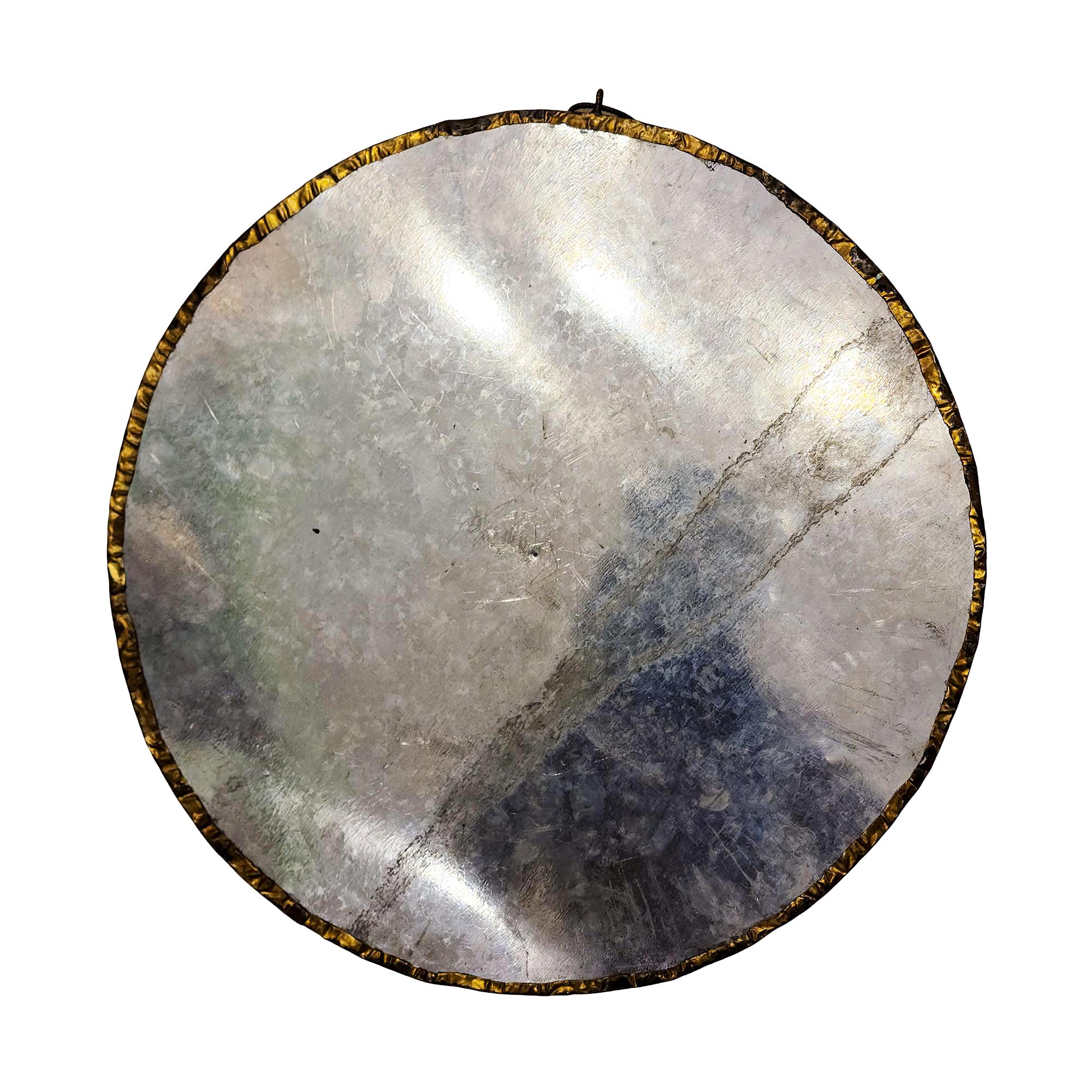 with
with 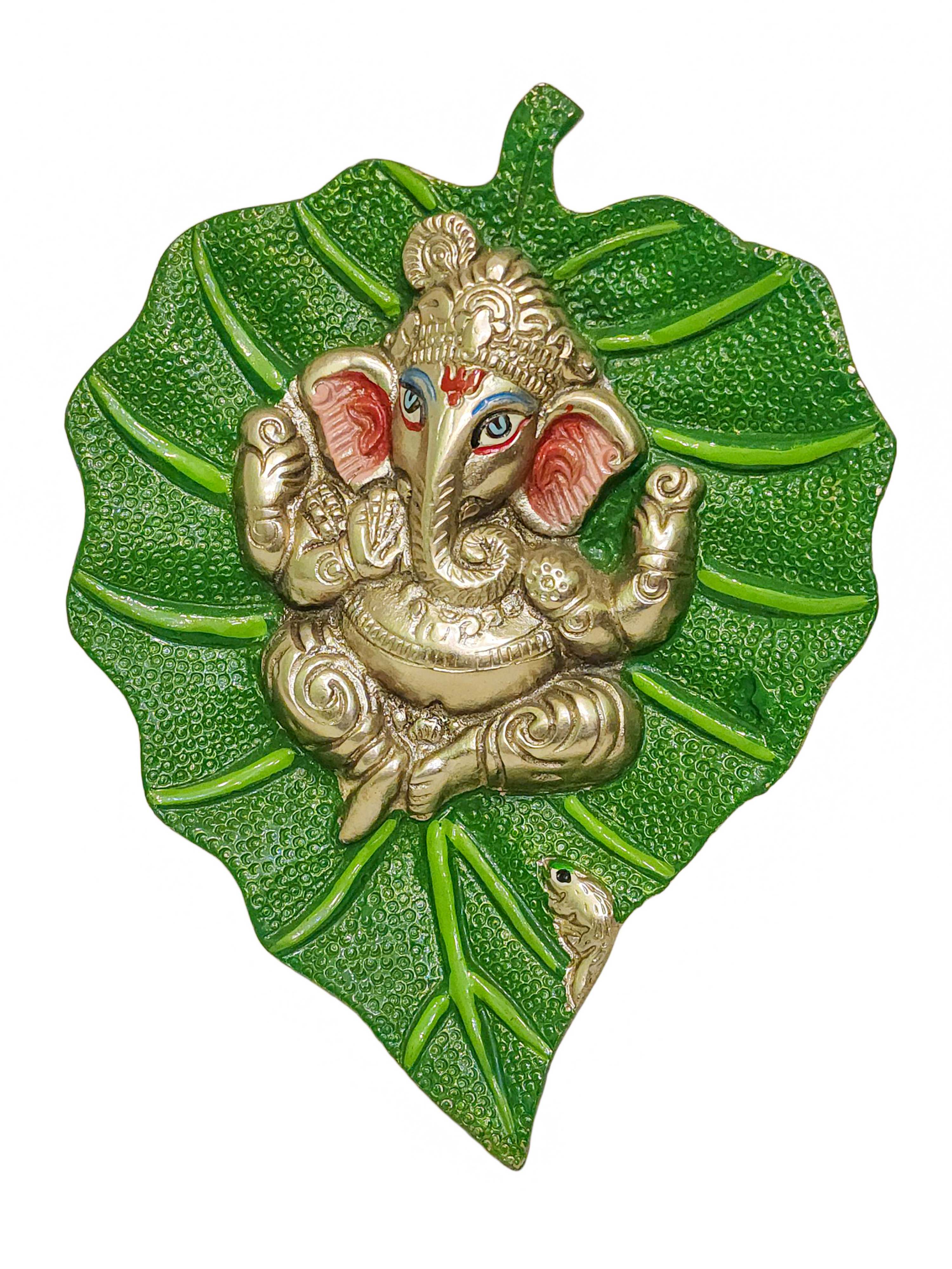 Ganesh In Leaf, Wall Hanging" title="
Ganesh In Leaf, Wall Hanging" title="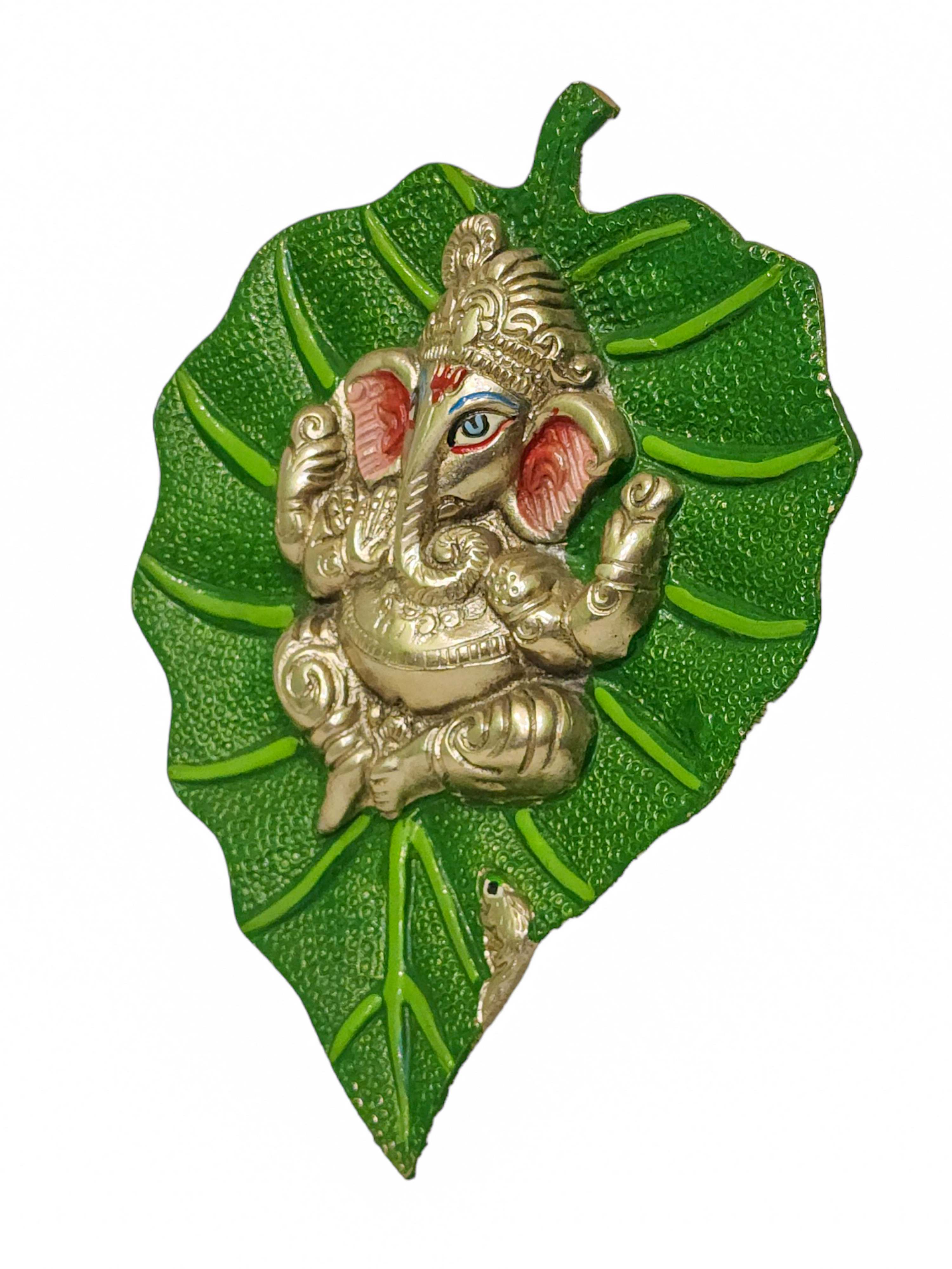 Ganesh In Leaf, Wall Hanging" title="
Ganesh In Leaf, Wall Hanging" title=" Square Mandala, Metal Wall Hanging, High Quality" title="
Square Mandala, Metal Wall Hanging, High Quality" title="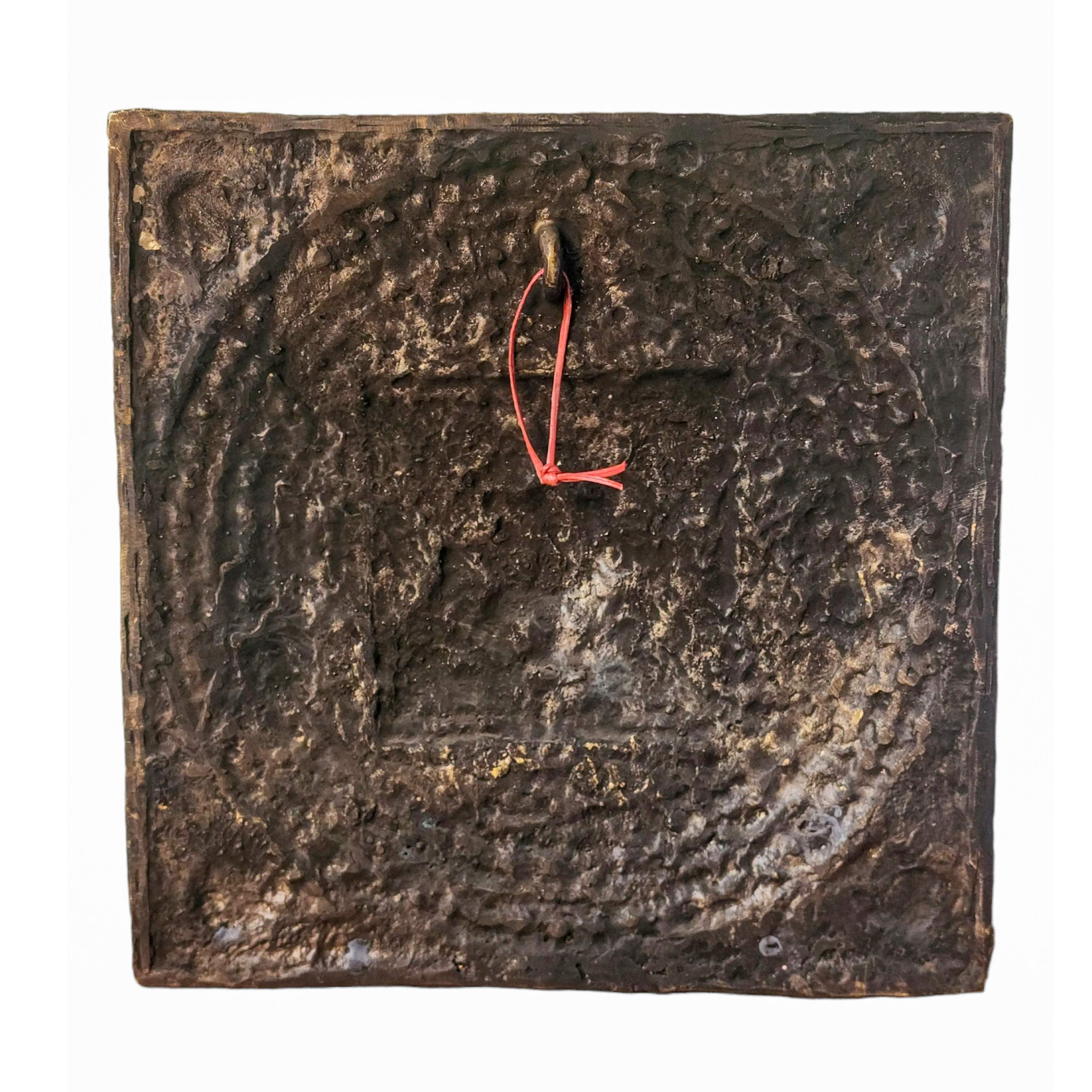 Square Mandala, Metal Wall Hanging, High Quality" title="
Square Mandala, Metal Wall Hanging, High Quality" title="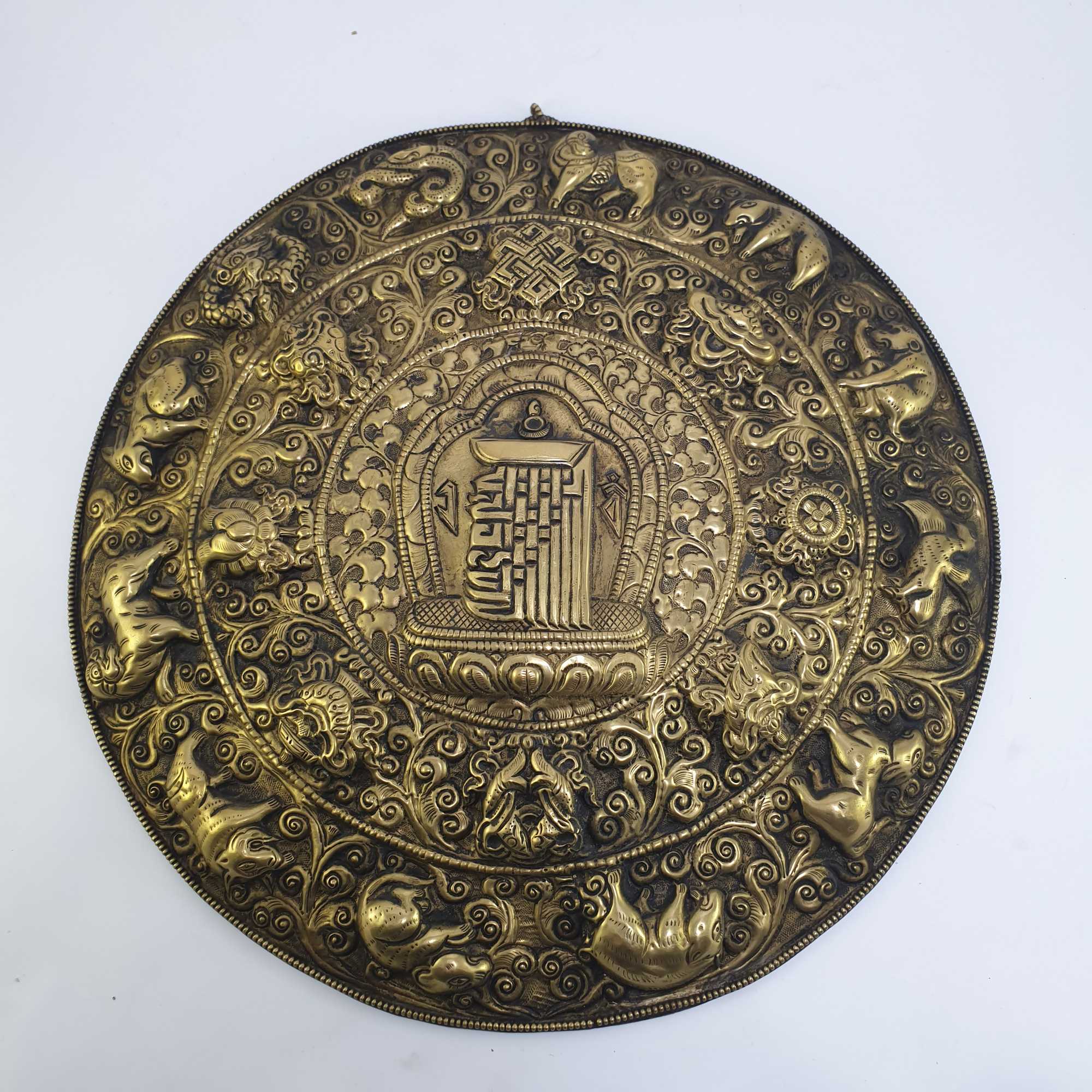 Wall Hangings, Tibetan Calendar
Wall Hangings, Tibetan Calendar 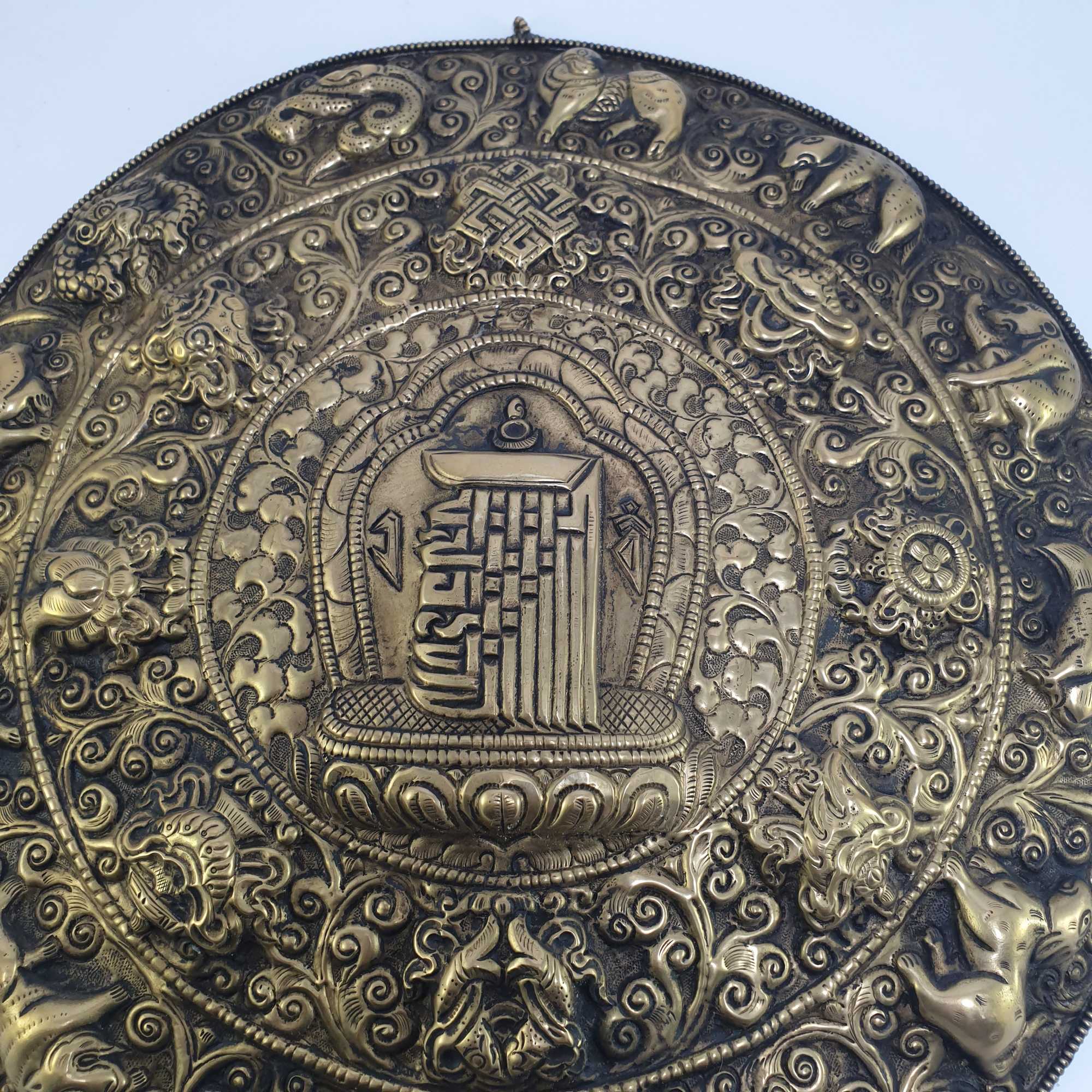 Wall Hangings, Tibetan Calendar
Wall Hangings, Tibetan Calendar 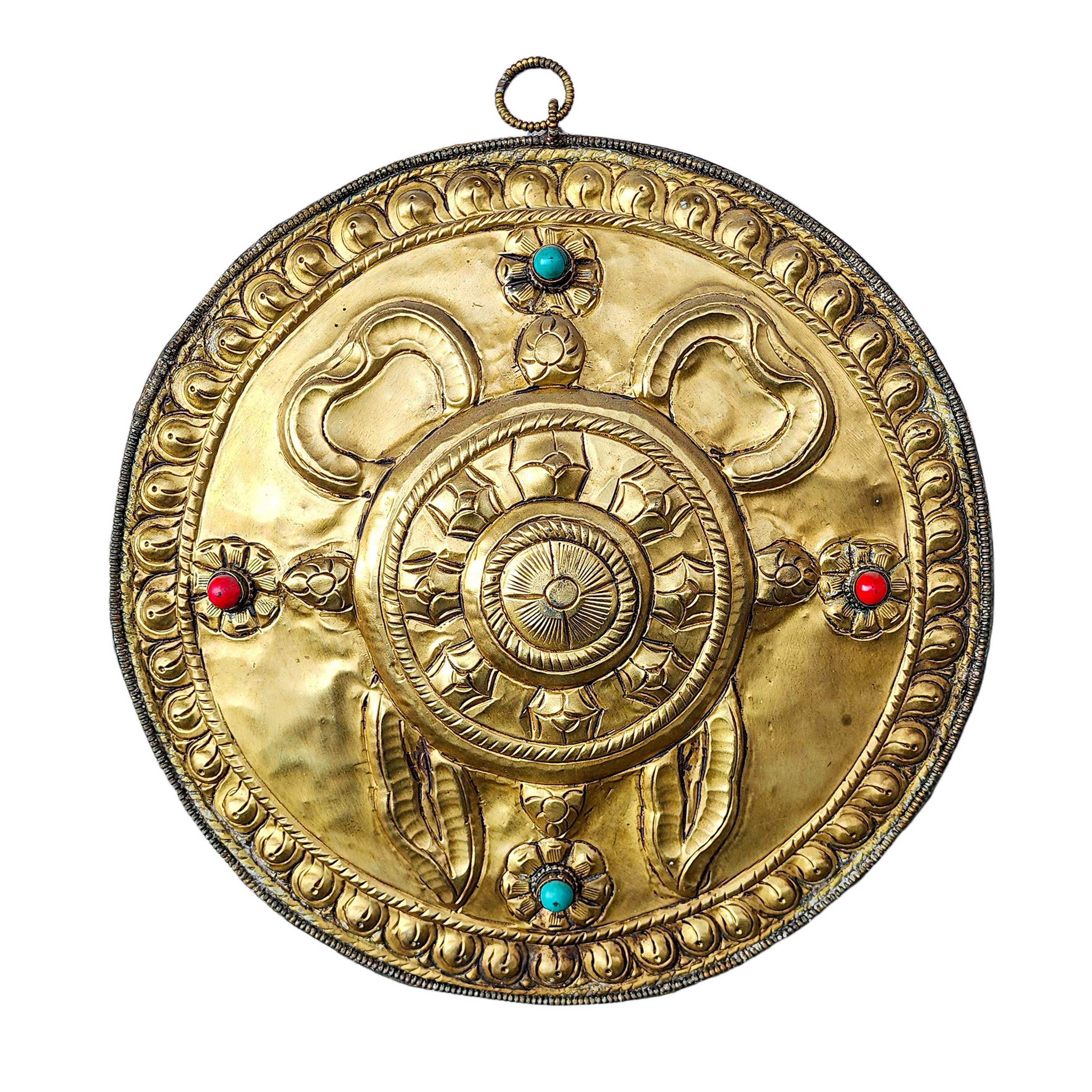 with
with 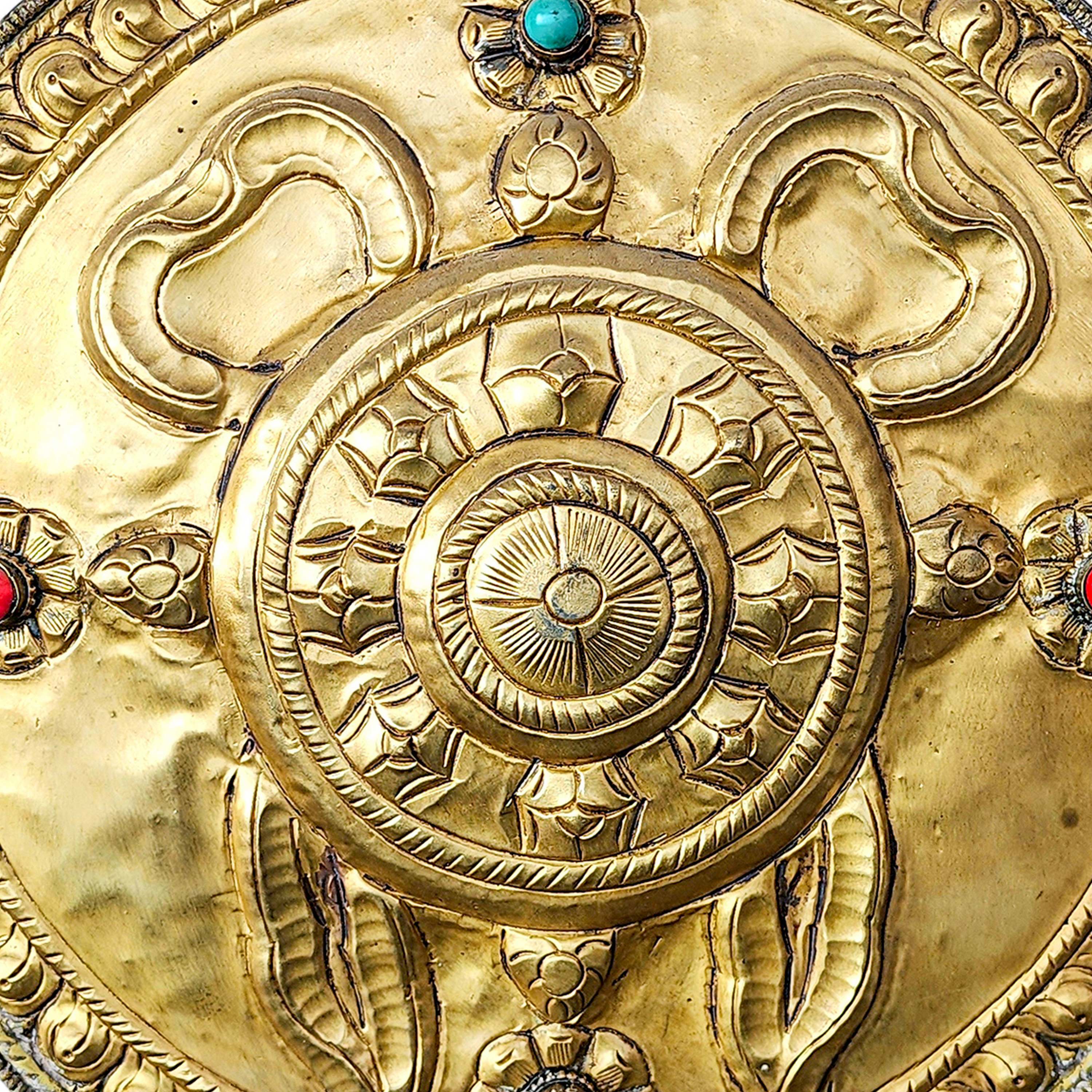 with
with  Ashtamangala, Handmade Wooden Wall Hanging,
Ashtamangala, Handmade Wooden Wall Hanging, 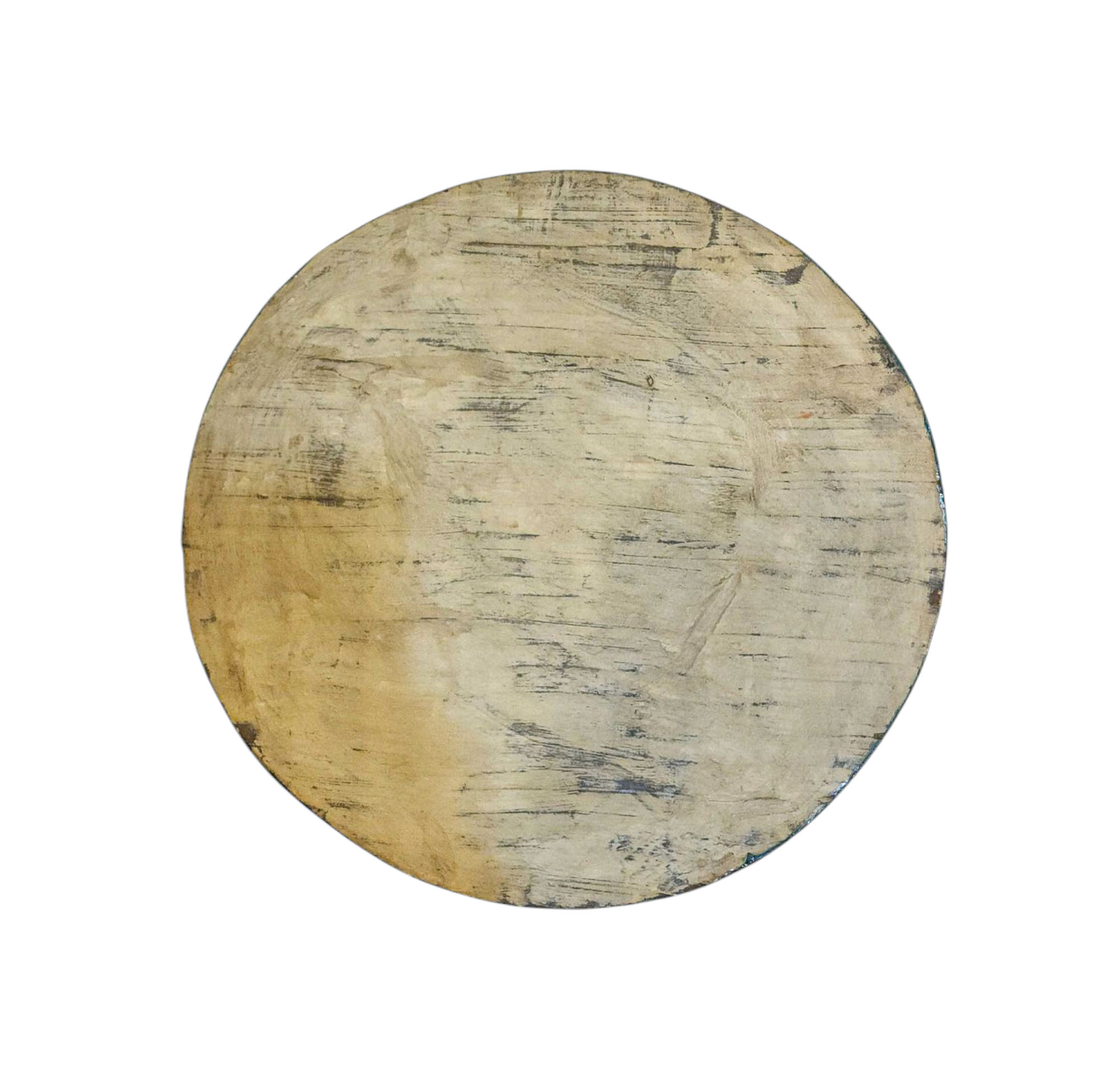 Ashtamangala, Handmade Wooden Wall Hanging,
Ashtamangala, Handmade Wooden Wall Hanging, 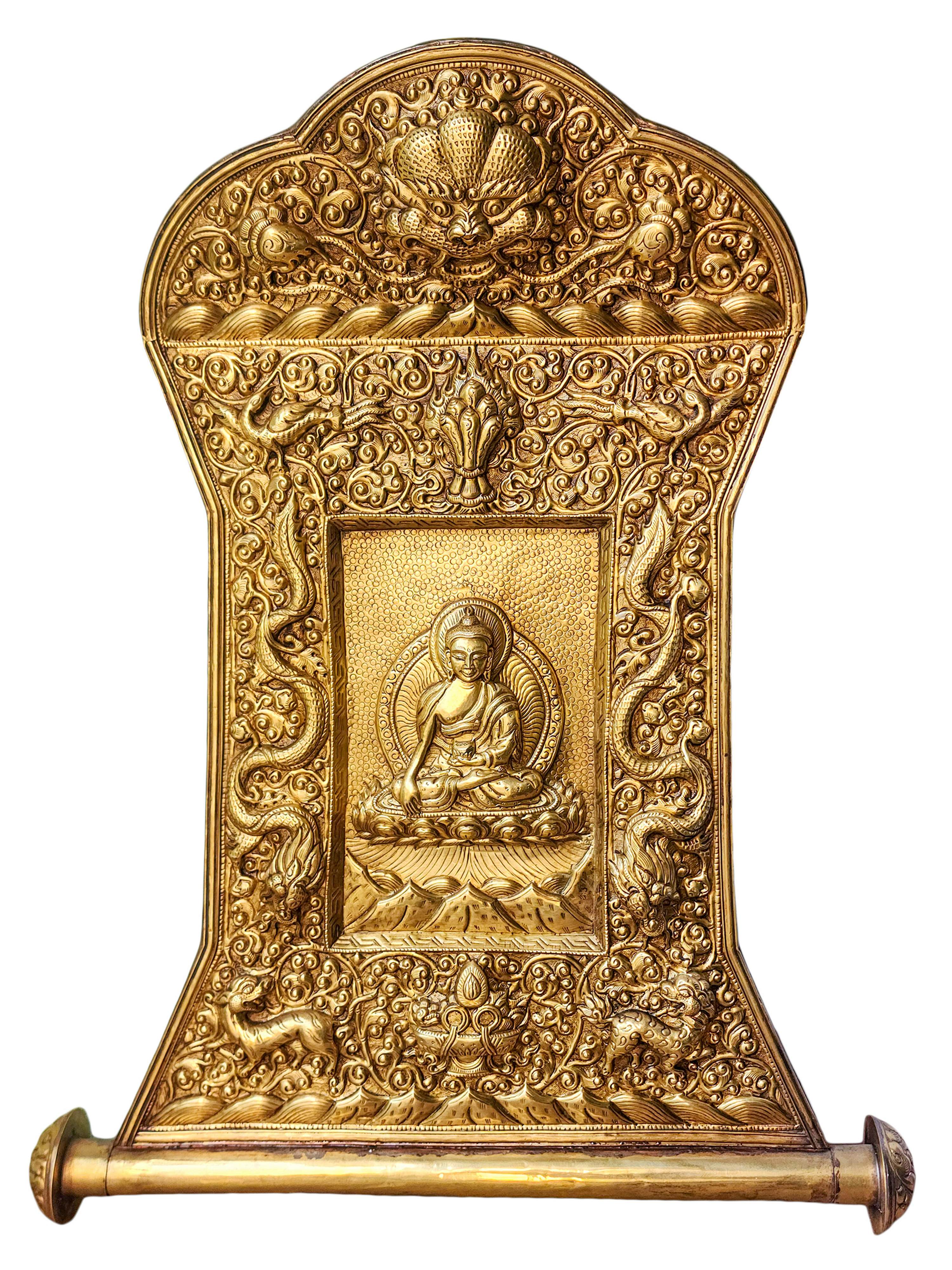 Shakyamuni Buddha Metal Wall Hanging, Gold Plated, High Quality,
Shakyamuni Buddha Metal Wall Hanging, Gold Plated, High Quality, 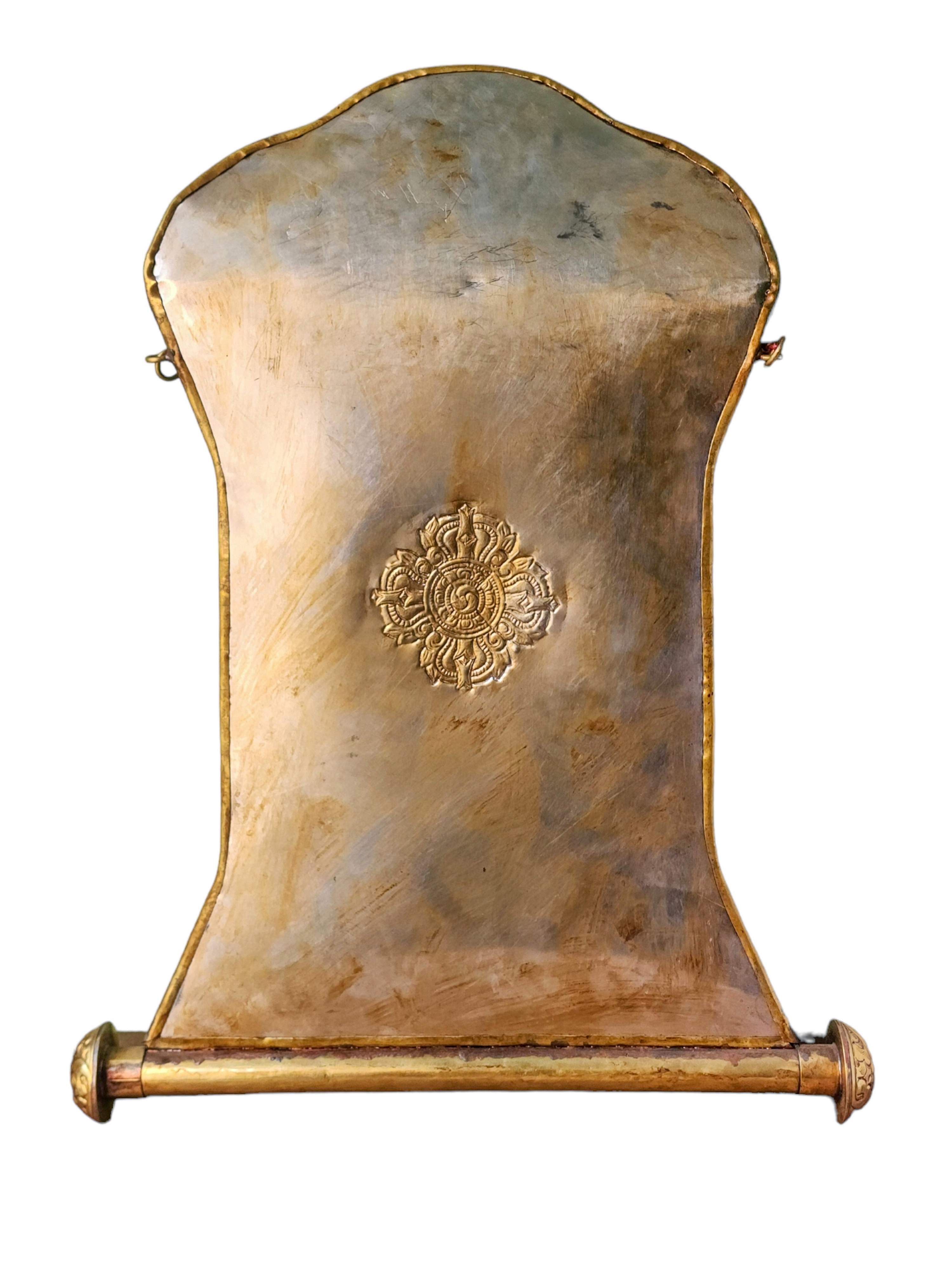 Shakyamuni Buddha Metal Wall Hanging, Gold Plated, High Quality,
Shakyamuni Buddha Metal Wall Hanging, Gold Plated, High Quality, 